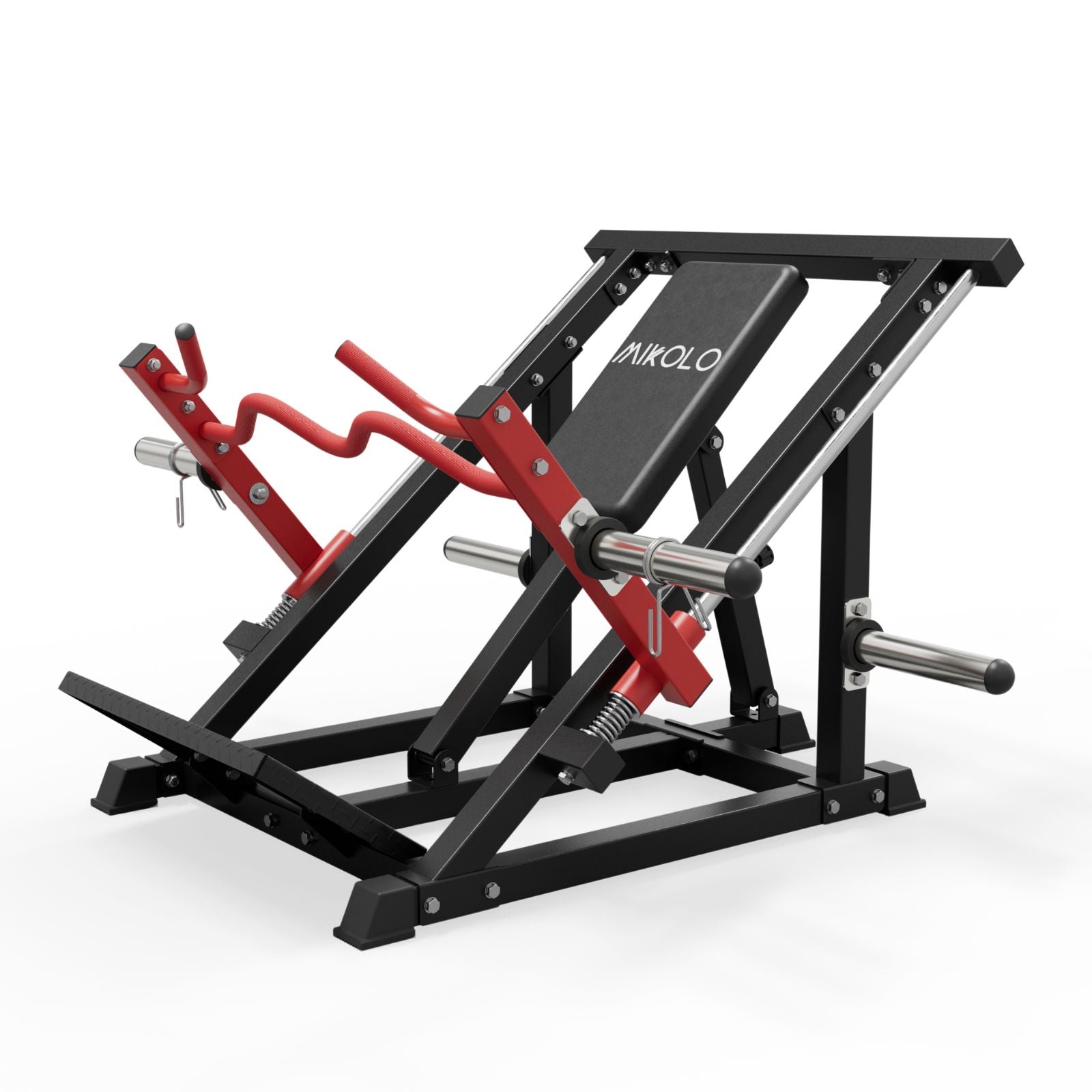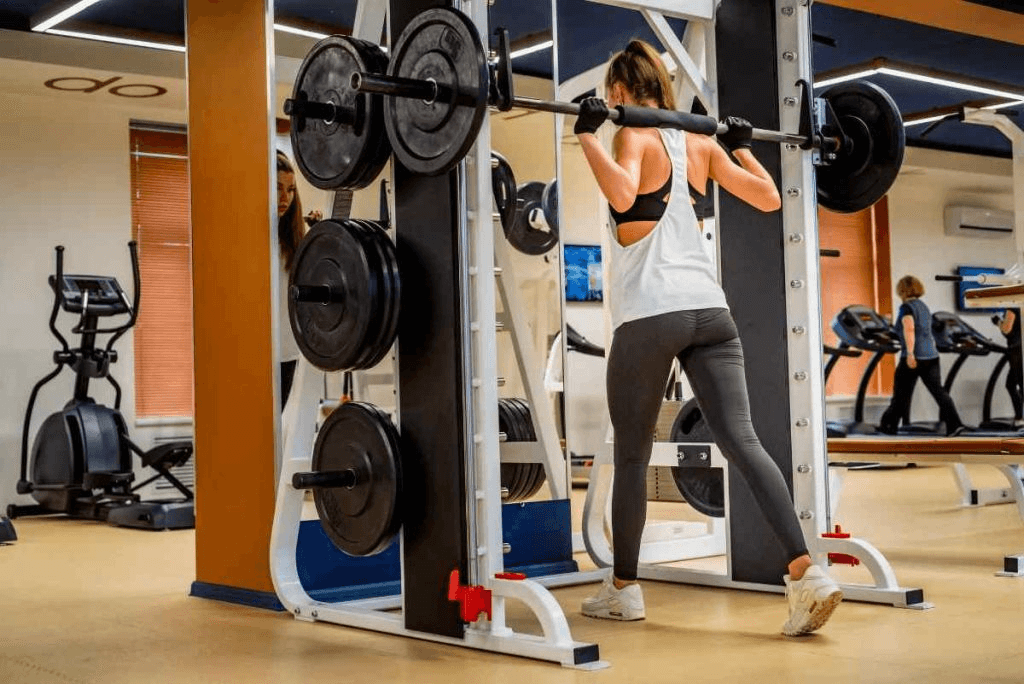Starting a strength training routine at home can feel overwhelming—especially if you’re new to it. But here’s the good news: you don’t need a gym membership or fancy equipment to build strength, boost confidence, and feel incredible in your body. Whether you're looking to tone up, increase energy, or support overall health, a beginner-friendly weight training routine is one of the most empowering habits you can adopt.
Why Strength Training is Perfect for Women at Home
Many women hesitate to start weightlifting because they fear it will make them “bulky” or that it’s too advanced. In reality, strength training offers unique benefits tailored to the female body—especially when done consistently and mindfully at home:
-
Boosts metabolism: Lifting weights increases lean muscle mass, which burns more calories at rest.
-
Supports bone health: Strength training is one of the best ways to reduce the risk of osteoporosis.
-
Improves daily function: Everyday tasks—from carrying groceries to climbing stairs—become easier.
-
Builds confidence: Watching yourself get stronger each week creates a powerful mental shift.
What You’ll Need to Get Started
To start strength training at home as a beginner, you don’t need an elaborate setup. Here’s a basic starter kit:
-
A pair of light dumbbells (5-10 lbs)
-
A pair of medium dumbbells (10-15 lbs)
-
A resistance band
-
A sturdy chair or step
-
An exercise mat or towel
That’s it. Your body will do the rest.
A Simple Strength Training Workout for Women at Home
This beginner-friendly routine is designed for full-body strength and can be done 2–3 times per week. Each workout takes around 20–30 minutes.
Warm-up (5 minutes)
March in place, arm circles, leg swings, and bodyweight squats to get your blood flowing.
Workout Circuit
Repeat this circuit 2–3 times, resting 30–60 seconds between exercises.
-
Bodyweight Squats – 12 reps
Works: Legs, glutes
Tip: Sit back like you're lowering onto a chair. Keep heels grounded. -
Push-ups (on knees or incline) – 10 reps
Works: Chest, shoulders, triceps
Tip: Keep your core tight and avoid sagging at the hips. -
Bent-over Dumbbell Rows – 12 reps each arm
Works: Back, biceps
Tip: Hinge at your hips, not your waist, and pull your elbow back in a smooth motion. -
Glute Bridges – 15 reps
Works: Glutes, hamstrings
Tip: Squeeze your glutes at the top and avoid pushing with your lower back. -
Overhead Dumbbell Press – 10 reps
Works: Shoulders, triceps
Tip: Keep your core engaged and press weights up without arching your back. -
Dead Bugs – 10 reps each side
Works: Core
Tip: Move slowly and keep your lower back pressed into the floor.
Cool Down (3–5 minutes)
Stretch your quads, hamstrings, chest, and shoulders. Breathe deeply.
How to Progress Without Overwhelm
Your first few workouts may feel tough—but that’s part of the process. Stick with it and focus on:
-
Consistency over intensity: Showing up regularly beats going hard once a week.
-
Progressive overload: Gradually increase reps or weights as your body adapts.
-
Form first: Quality movements are safer and more effective than rushing.
My Own Journey Starting Strength Training at Home
When I first began weight training at home, I used two water bottles and a backpack filled with books. I had just had my second child, and my body felt unfamiliar. What began as a few squats and push-ups in my living room evolved into something much more—mental resilience, physical strength, and a deeper respect for what my body could do.
One day, I picked up my toddler with one arm and thought, Wow—I’m stronger than I’ve ever been. That’s when it clicked: this wasn’t just about workouts. It was about showing up for myself.
Final Thoughts
Starting strength training at home as a beginner is one of the most rewarding steps you can take for your body and mind. You don’t need to do everything perfectly—just begin. Focus on small, consistent efforts. In time, you’ll feel the shift not just in how you look, but in how you live.
So grab your dumbbells—or a couple of soup cans—and let’s get stronger, one rep at a time.











































Leave a comment
This site is protected by hCaptcha and the hCaptcha Privacy Policy and Terms of Service apply.